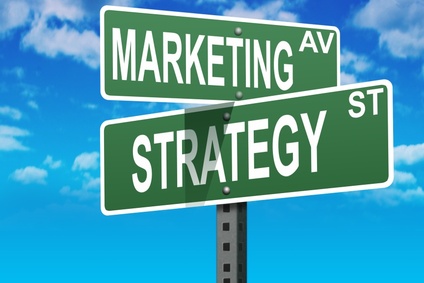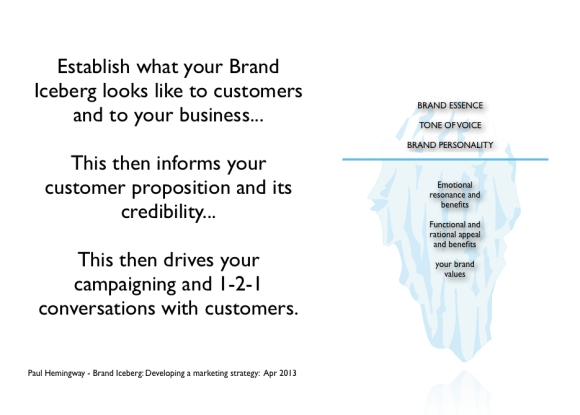Over the last few weeks my posts have concentrated on the steps I like to follow in building a marketing strategy. I identified 7 steps initially – the Customer Review.
Once you have completed the Customer Review you need to document your strategy. Remember my guide is not there to be adhered too slavishly. You will have your own processes and procedures and formats to follow, but below is a suggested approach to sharing the outcomes of your customer thinking;
What you should have now is a series of outputs that you can turn from thinking into action. By working through the 7 steps you should have:
- Engaged your team
- Identified the key strategic challenges faced by your business
- Organised your thoughts logically and given yourself some answers to the critical questions posed
- Identified the areas where you and your business can ‘win’.
What you now need to do is to collate your thoughts and create a coherent plan that can be communicated ‘up the line’.
I suggest this is summarised as follows:
Current State Assessment
- Current market defined; Customer needs and wants
- Marketplace trends, alongside clearly articulated segments/sectors of attractiveness to your business
- Sales, retention, profit KPIs of your current business in the your current market context (and by sector of your marketplace wherever possible)
- Your current market position in terms of shares and other KPIs
- The importance of market segments to you
- Your overall value engineering picture and price position vs costs
Target State Assessment
- Your desired financial position: costs to target, value of business forecast and your price position
- Your target customers defined as deeply as you can
- How the target state fits with your overall long term business strategy
- How the brand essence articulates and supports your strategy (or in rare cases; conflicts)
Way-finding Guide (for your Exec Team/Board)
- Say how you plan to move from current state to target state
- The customer focus / tactics you will employ
- Articulate coherently the customer proposition or offer – what will drive take-up/use etc
- Identify what needs to change across your business to allow the strategy to succeed
The Plan
- Show a short summary of all of your conclusions from the 7 steps
- Show your objectives – qualitative and quantitative
- Show how you will measure success or failure – what are your tolerances?
- Show the strategies you will employ alongside tactics employed at a granular level
- Show your financial assessments and paint a payback picture over 3 years
Futurology
- Finally, using Step 7 show how the 3 year strategy is affected by / influences your 5 year strategy – short and sharp – but it lends huge credibility to your thinking.
So the only thing left to do is to agree the media and creative communications strategies and plans to bring this to life. I will, perhaps, share my thoughts on those activities in due course, but at this stage the important thing is to remember to do the following before you go for a congratulatory drink of tea/lovely lager beer/champagne/fruit juice*
*- please chose one or more !
- Ask for agreement to the strategy
- Draw up your Internal communication plan of the strategy
- Start your formal stakeholder engagement around the business, your strategy team can help you, as not everyone will have been fully engaged, end to end, on your journey so you need to tell them the story to get their buy-in. Focus first of all on the Pagans – get them on board and the rest are ‘cheap dates’.
- One thing I think that aids this stage is to drive out a mission statement or descriptor for your strategy. This should not disconnect to your wider long term vision for the business, but may describe a stage in achieving it … for example- after a ‘Foundation’ plan to stabilise a business you may enter a ‘growth phase’ – describing that in a simple engaging way for colleagues, which will be a great boon when determining communications strategies in due course.
I hope you have found this series of posts informative – I need to thank my influences again, Davidson, Fisk, McDonald, Kotler (“The Prof”) and all of the teams I have worked with to date. Thank you.
And remember – if in doubt during this process … use a boxy chart – they can be used to explain everything in my view/experience (I’m only half joking by the way !).
Paul
08 May 2013





